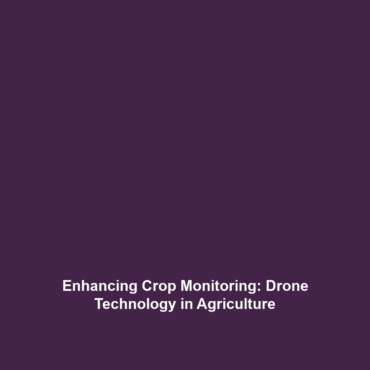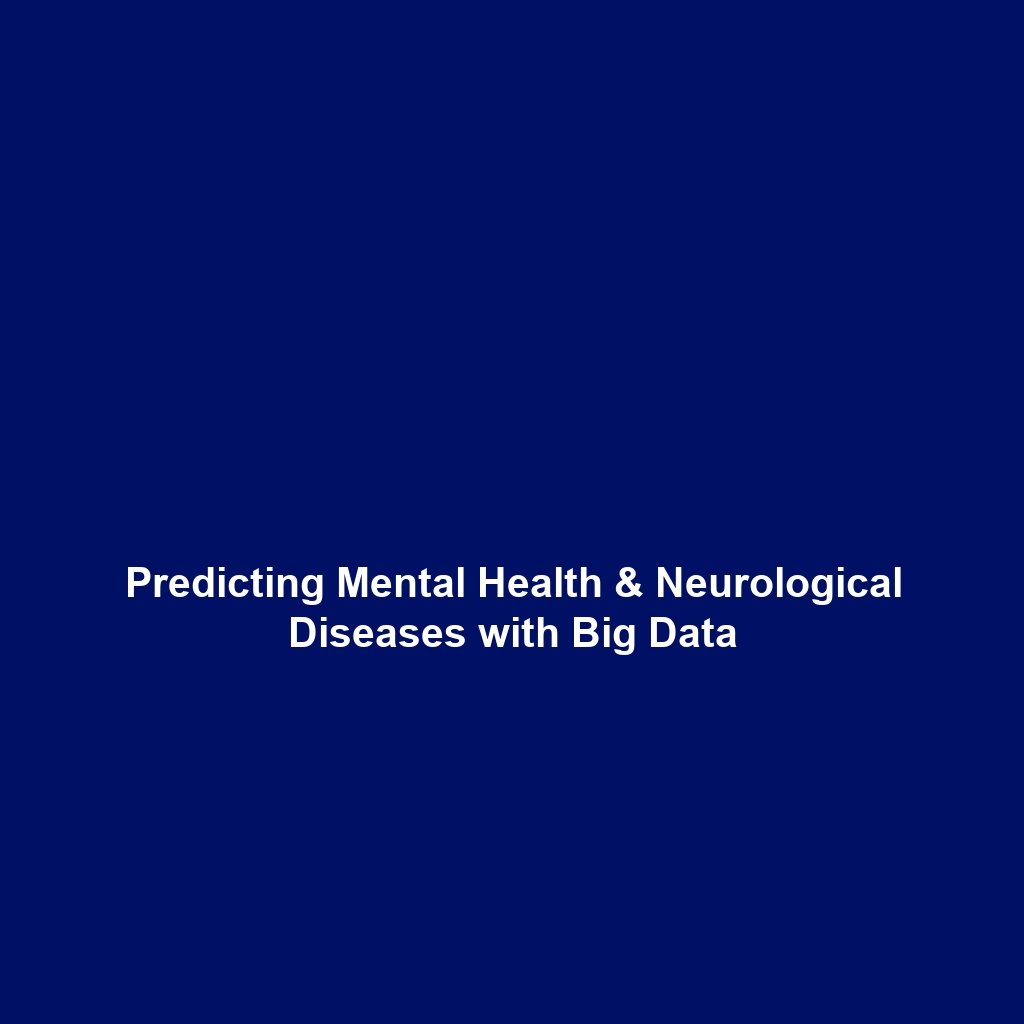Crop Monitoring and Analysis: Assessing Agricultural Output with Drone Technology
Introduction
In recent years, drone technology has emerged as a powerful tool in the field of agriculture, revolutionizing crop monitoring and analysis. These flying devices provide farmers with critical insights into their fields, enabling them to assess agricultural output with unprecedented accuracy. By leveraging advanced sensors and imaging capabilities, drones help optimize crop health and productivity, making them an integral part of modern agricultural practices. Understanding how drone technology enhances agricultural assessment is crucial for anyone interested in the evolution of Drones in Science.
Key Concepts
Understanding Drone Technology in Agriculture
Drone technology significantly contributes to crop monitoring and analysis through the integration of various scientific principles, including remote sensing and data analytics. Key concepts include:
- Remote Sensing: Drones equipped with multispectral cameras can capture images across different wavelengths, providing vital information about plant health.
- Data Analytics: Analyzing data collected by drones allows farmers to identify issues such as pests, diseases, and nutrient deficiencies in real time.
- Precision Agriculture: Drones enhance precision agriculture practices by facilitating targeted interventions based on detailed aerial surveys.
Applications and Real-World Uses
The applications of crop monitoring and analysis using drones are vast and impactful. Some notable real-world uses include:
- Field Mapping: Drones create high-resolution maps for crop classification, soil monitoring, and water management.
- Pest and Disease Detection: Early identification of pest infestations or diseases enables timely intervention, minimizing yield losses.
- Yield Estimation: Drones help assess crop yields more accurately, aiding in better planning and resource allocation.
These examples illustrate how crop monitoring and analysis can be effectively utilized in the context of Drones in Science.
Current Challenges
Despite its advantages, there are several challenges associated with the application of crop monitoring and analysis using drone technology:
- Regulatory Constraints: Navigating airspace regulations can be complicated for agricultural drone operations.
- Data Management: Handling the large volumes of data produced by drones requires advanced data processing systems and skills.
- Cost Implications: The initial investment in drone technology can be prohibitive for some farmers, especially smaller operations.
Future Research and Innovations
Ongoing research is set to advance crop monitoring and analysis in several exciting ways:
- AI Integration: Advances in artificial intelligence will enhance data analysis capabilities, leading to better prediction models for crop performance.
- Swarm Drones: Utilizing multiple drones simultaneously can improve efficiency in data collection and monitoring vast agricultural areas.
- Improved Sensor Technology: Next-generation sensors promise to provide even more detailed insights into crop health.
Conclusion
In summary, crop monitoring and analysis through drone technology is reshaping agricultural practices, offering significant benefits in efficiency and productivity. Despite challenges, the future of Drones in Science appears bright, with continuous innovations paving the way for smarter farming solutions. For further exploration, consider reading about precision agriculture techniques or the history of drone technology in research.

